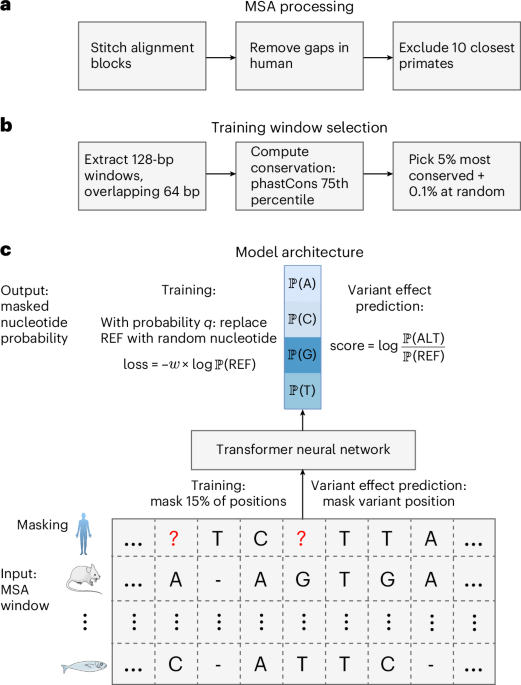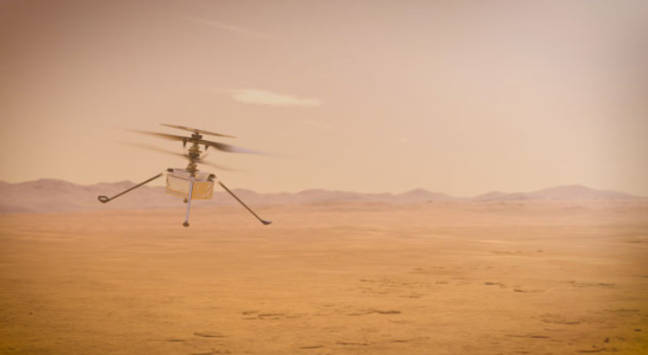New scans reveal mummified crocodile’s last meal
Technology tamfitronics

Crocodiles played an important spiritual role in ancient Egypt. This mummified reptile comes from the cult center of Kom Ombo, in southern Egypt.
Photograph by Kenneth Garrett, Nat Geo Image Collection
The adult reptile remained intact as scientists used X-ray technology to look deep inside the belly of the ancient beast.
Three-dimensional x-ray scans have revealed the last hours of a Nile crocodile that was mummified in ancient Egypt. The surprise discovery provides important evidence for how the Egyptians viewed and dealt with these dangerous reptiles, thousands of which were preserved and wrapped as religious offerings.
The scans show that the seven-foot-long wild beast had both a fish and a metal fishhook in its stomach when it died, likely more than 2,000 years ago. The fish appears mostly undigested, indicating it was the croc’s last meal.
The reptile could be an accidental catch by an unsuspecting Nile fisherman, or a deliberate hunt to hook the crocodile for future mummification, says University of Manchester archaeologist and Egyptologist Lydia McKnightthe lead author of the study.
But Mcknight is careful not to speculate about what caused the beast’s death. “We don’t have enough information about how [Egyptians] were catching grown crocodiles,” she says. But “apparently, it is possible that they were using hooks to catch them.”

The crocodile mummy from the study about to receive a CT scan at the Royal Manchester Children’s Hospital in the UK.
Photograph Courtesy Lidija McKnight and Richard Bibb
Technology tamfitronics Mystery mummy
Almost nothing is known about the crocodile mummy, from a British museum collection, including how old it is and where in Egypt it came from. Mcknight hoped detailed 3D x-ray scans (computed tomographyor CT) scans now used in hospitals—could reveal more.
The crocodile mummy was brought to the Royal Manchester Children’s Hospital for CT scans that allowed scientists to look deep in the belly of the beast, revealing the mummified remains of a foot-long fish the croc may have eaten only a few hours before it was killed.

This visualization highlights the fishhook (in yellow) detected deep inside the belly of the beast.
Photograph Courtesy Lidija McKnight and Richard Bibb
The scans also revealed what Mcknight has determined is a fishhook, likely made of bronze. The researchers were able to physically reconstruct the hook from the CT scans and created bronze replicas using lost-wax casting, a technique also used by the ancient Egyptians.
The undigested fish suggests to the researchers that the crocodile was hunted, killed and mummified to be an offering for a religious ceremony.
“The apparent short time span between the ingestion of the fish and the death of the animal suggests that the crocodile was wild-caught and the carcass processed for mummification shortly after,” they conclude in the study, published in the journal Digital Applications in Archaeology and Cultural Heritage.
Technology tamfitronics Lord of the Nile
Crocodiles were venerated by the ancient Egyptians, who believed that a healthy population of crocodiles was essential for their prosperity. They worshiped the crocodile god Sobek as “Lord of the Nile” and considered wild crocodiles the god’s avatars. Although the crocodile-headed god was menacing to behold, Sobek was associated with benign elements like water, the annual flooding of the Nile, and vegetation; and so he was also associated with fertility (crocs also demonstrate great care to their offspring).
The Egyptians also considered crocodiles ferocious predators and omens of danger. The study notes that the reptiles seemed to move between the opposing worlds of dark and light: resting in the Nile’s dark waters at night and emerging onto its banks every morning to bask open-mouthed in the rays of the sun.

An Egyptian worships a sacred crocodile, a symbol of fertility, in a scene from the Book of the Dead.
Photograph by Luisa Ricciarini, Bridgeman Images
Technology tamfitronics You May Also Like
At the same time, however, a very few “sacred” crocodiles would have been pampered by priests at specific cult centers, probably until they died of old age, he says. The Greek writer Herodotus, for example, reported in the 5th century B.C. that a sacred crocodile at Fayum wore “ornaments of gold and glass on its ears and bracelets on its forefeet” and was given special food and treatment.
Mcknight says the cult priests seem to have bred the small-sized crocs to be votive offerings, possibly in a fenced-off section of the Nile. Someone who wanted to make an offering would pay the priest to sacrifice such a crocodile, which seldom reached much more than a few feet from snout to tail, she says.
The mummified croc in the study, however, was a fully grown adult Nile crocodile: notoriously large and aggressive—and likely dangerous to catch.
Without knowing details like where the crocodile was caught (it may have been far from a cult center, for example) the circumstances of its death and mummification are obscure, Mcknight says.
Remarkably, this may not be the first case where x-ray scans have revealed of a fish and a fishhook inside an adult crocodile caught and mummified in ancient Egypt.
A 2010 story in National Geographic reported that x-ray scans of another adult croc mummy—this one at San Francisco’s Pheobe A. Hearst Museum of Anthropology—revealed a recently-eaten fish and a similar fish hook in its belly when it died.
Technology tamfitronics Meeting the mummy demand
Egyptologist Salima Ikram of the American University in Cairo, an expert on Egyptian animal mummies who wasn’t involved in the study, says the analysis of the crocodile mummy shows how modern imaging technologies can illuminate the past.
It also supports earlier research that suggested animals were acquired for mummification by several different methods, she notes.
Bioarchaeologist Andrew Nelson of Canada’s Western University, who also wasn’t involved in the study, agrees that the study shows how nondestructive scanning techniques can reveal surprises inside animal mummies.
“This is an important contribution to our understanding of the votive mummy ‘industry’ in ancient Egypt,” he says.
Nelson noted that vast numbers of birds, cats, shrews, and other animals would have also been needed as votive offerings: “It is a fascinating exercise to try to understand how that demand was met.”



 Hot Deals
Hot Deals Shopfinish
Shopfinish Shop
Shop Appliances
Appliances Babies & Kids
Babies & Kids Best Selling
Best Selling Books
Books Consumer Electronics
Consumer Electronics Furniture
Furniture Home & Kitchen
Home & Kitchen Jewelry
Jewelry Luxury & Beauty
Luxury & Beauty Shoes
Shoes Training & Certifications
Training & Certifications Wears & Clothings
Wears & Clothings
















